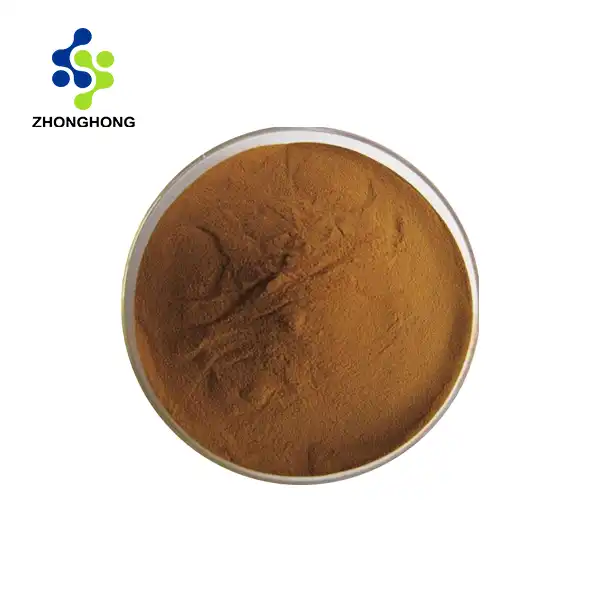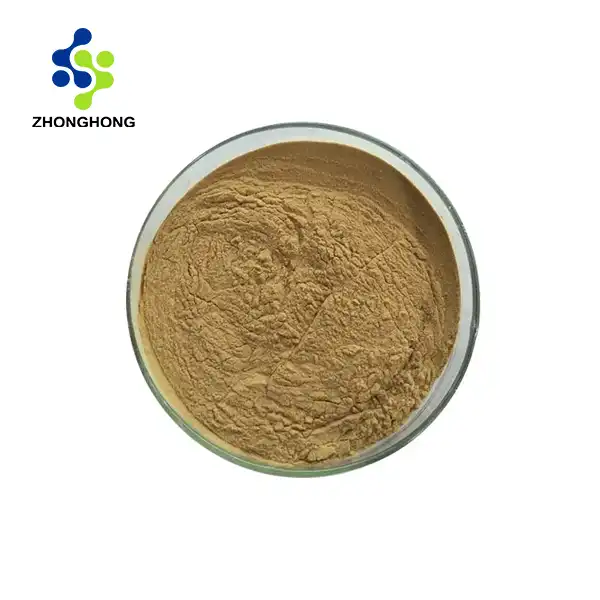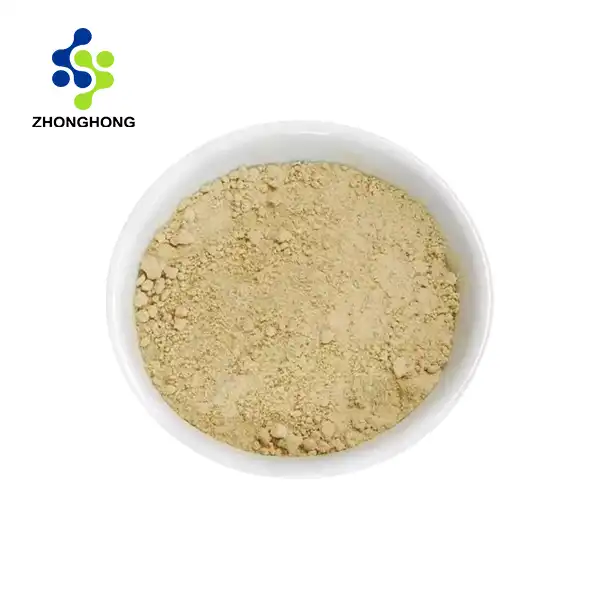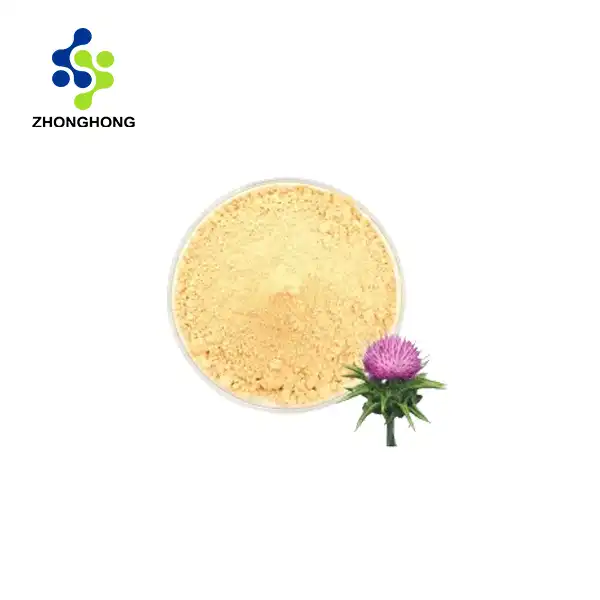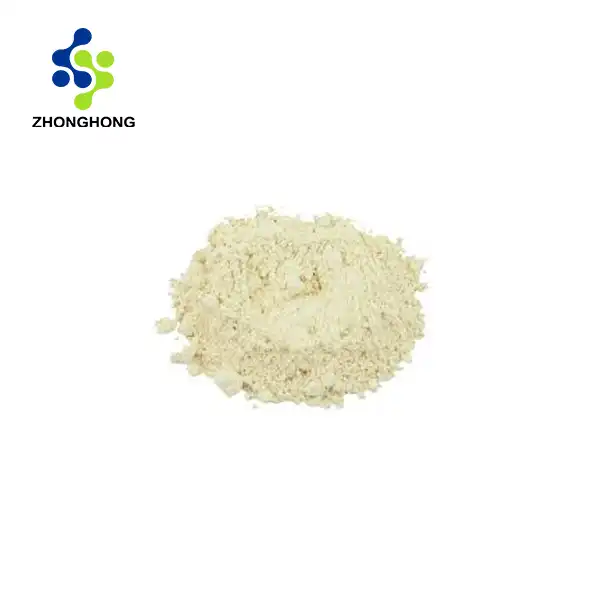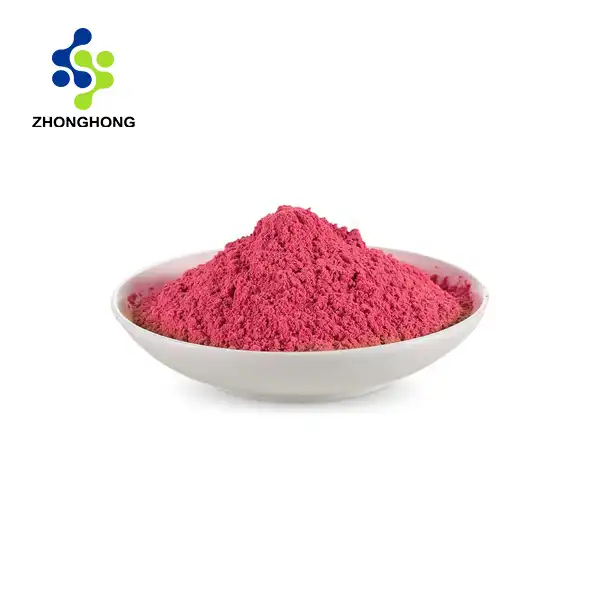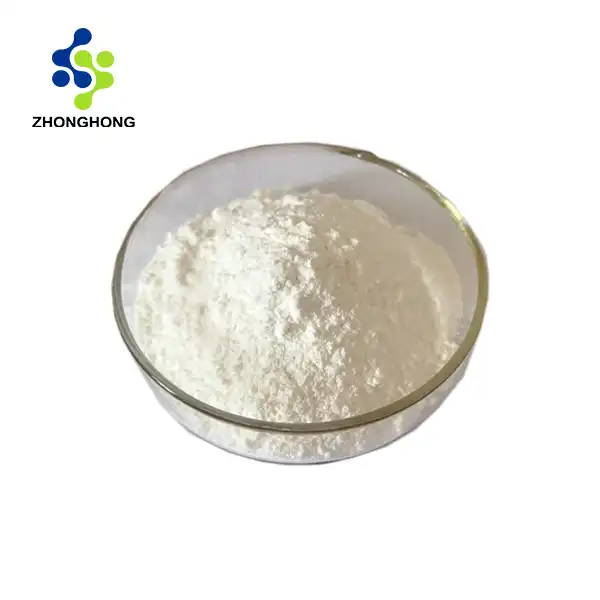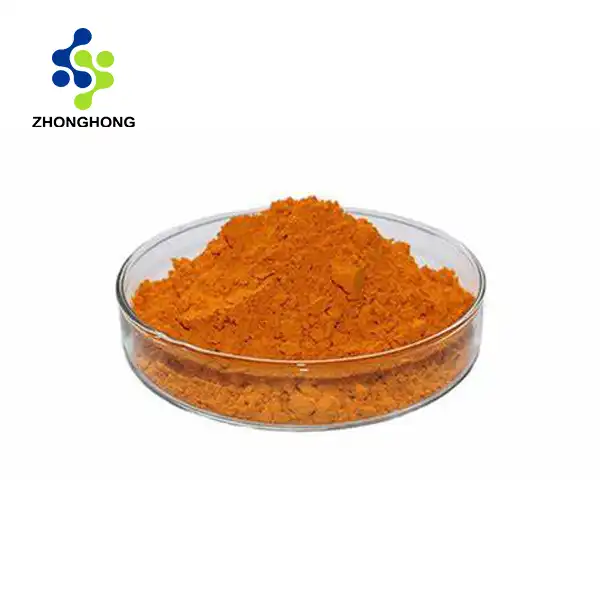What Makes Astaxanthin a Powerful Supplement?
Molecular Structure and Antioxidant Capacity
Astaxanthin's remarkable potency as an antioxidant stems from its unique molecular structure. Unlike many other antioxidants, astaxanthin can span the entire width of a cell membrane, providing protection both inside and outside the cell. This structural advantage allows it to neutralize multiple types of free radicals simultaneously, making it an exceptionally versatile defender against oxidative damage. The molecule's ability to quench singlet oxygen, a particularly harmful form of oxidative stress, is up to 550 times more potent than that of vitamin E. This extraordinary capacity to combat oxidative stress is why many researchers consider astaxanthin to be the "king of carotenoids" in terms of antioxidant activity.
Bioavailability and Absorption
Another factor contributing to astaxanthin's effectiveness is its high bioavailability. When consumed, astaxanthin is readily absorbed by the body and can cross the blood-brain barrier, allowing it to exert its protective effects on the central nervous system. This property sets it apart from many other antioxidants that struggle to reach certain areas of the body. Moreover, astaxanthin's lipophilic nature means it dissolves well in fats, enhancing its absorption when consumed with dietary fats. This characteristic not only improves its bioavailability but also allows it to accumulate in various tissues throughout the body, providing widespread antioxidant protection.
Multifaceted Health Benefits
The power of astaxanthin extends beyond its antioxidant properties. Research has shown that this compound may offer a wide range of health benefits, including:
- Supporting cardiovascular health by improving lipid profiles and reducing inflammation
- Enhancing skin health and appearance by protecting against UV damage and improving elasticity
- Supporting eye health and potentially reducing the risk of age-related macular degeneration
- Boosting athletic performance and recovery by reducing muscle damage and fatigue
- Supporting brain health and cognitive function, particularly in aging populations
These diverse benefits make astaxanthin a versatile supplement that can contribute to overall wellness in numerous ways.
Astaxanthin vs. Other Antioxidants: A Comparison
Astaxanthin vs. Beta-Carotene
While both astaxanthin and beta-carotene belong to the carotenoid family, they differ significantly in their antioxidant capabilities. Astaxanthin has been shown to be approximately 10 times more potent than beta-carotene in quenching singlet oxygen. Additionally, unlike beta-carotene, astaxanthin does not convert to vitamin A in the body, which eliminates the risk of vitamin A toxicity even at high doses. Beta-carotene primarily accumulates in the liver, whereas astaxanthin can be found in various tissues throughout the body, including the skin, muscles, and brain. This widespread distribution allows astaxanthin to offer more comprehensive protection against oxidative stress.
Astaxanthin vs. Vitamin C
Vitamin C is a well-known antioxidant that plays a crucial role in immune function and collagen synthesis. However, when it comes to neutralizing certain types of free radicals, astaxanthin outperforms vitamin C by a significant margin. Studies have shown that astaxanthin is up to 6,000 times more effective than vitamin C in quenching singlet oxygen. Moreover, astaxanthin's lipophilic nature allows it to protect cell membranes and lipids from oxidation, something that water-soluble vitamin C cannot do as effectively. This complementary action suggests that combining astaxanthin with vitamin C in a wellness regimen could provide more comprehensive antioxidant protection.
Astaxanthin vs. Vitamin E
Vitamin E is often considered a powerful antioxidant, particularly for its role in protecting cell membranes. However, astaxanthin has been shown to be significantly more potent in several aspects of antioxidant activity. As mentioned earlier, astaxanthin is up to 550 times more effective than vitamin E in quenching singlet oxygen. Furthermore, astaxanthin's unique molecular structure allows it to span the entire width of the cell membrane, providing protection on both the inner and outer layers. This dual protection is something that vitamin E, which typically resides only in the lipid portion of cell membranes, cannot offer. While each of these antioxidants has its place in a comprehensive wellness strategy, the unique properties of astaxanthin powder make it an exceptional choice for those seeking potent antioxidant support.
Best Sources of Natural Astaxanthin
Microalgae: The Primary Producer
The most potent natural source of astaxanthin is the microalgae Haematococcus pluvialis. This single-celled organism produces astaxanthin as a protective mechanism against environmental stressors such as intense sunlight and nutrient deprivation. When cultivated under controlled conditions, H. pluvialis can accumulate astaxanthin at levels up to 5% of its dry weight. Astaxanthin algae powder derived from H. pluvialis is widely used in dietary supplements and is considered the gold standard for natural astaxanthin. The astaxanthin from this source is particularly valued for its high purity and bioavailability.
Marine Animals: Secondary Sources
Several marine animals accumulate astaxanthin in their tissues after consuming microalgae or smaller organisms that have ingested astaxanthin-rich algae. Some of the best animal sources of natural astaxanthin include:
- Wild Sockeye Salmon: Known for its deep red color, wild sockeye salmon can contain up to 26-38 mg of astaxanthin per kilogram of flesh.
- Krill: These small crustaceans are rich in astaxanthin, which contributes to their reddish color.
- Red Trout: Both wild and farmed red trout can be good sources of astaxanthin, with levels varying based on diet.
- Shrimp and Crayfish: These crustaceans accumulate astaxanthin in their shells and flesh.
While these animal sources can provide dietary astaxanthin, the concentrations are generally lower than what can be obtained from algae-based supplements.
Supplemental Forms: Maximizing Bioavailability
For those seeking to incorporate astaxanthin into their wellness routine, supplements offer a convenient and concentrated source. These typically come in two main forms:
- Astaxanthin oil: This liquid form is often derived from H. pluvialis and may be combined with carrier oils to enhance absorption. It's particularly suitable for those who prefer liquid supplements or want to add astaxanthin to smoothies or other beverages.
- Organic astaxanthin powder: This form is versatile and can be encapsulated or added to various products. Look for powders that specify their astaxanthin content, typically ranging from 5% to 10% concentration.
When choosing an astaxanthin supplement, it's important to consider factors such as source (natural vs. synthetic), concentration, and any additional ingredients that may enhance absorption or provide complementary benefits.
Conclusion
Astaxanthin stands out as a powerful antioxidant with unique properties that set it apart from other nutrients in its class. Its ability to protect cells from oxidative stress, coupled with its diverse health benefits, makes it a valuable addition to any wellness regimen. Whether obtained through diet or supplementation, incorporating astaxanthin into your lifestyle could be a step towards enhanced overall health and vitality. If you want to get more information about this product, you can contact us at liaodaohai@gmail.com.
_1728976869676.webp)
